In the bustling modern kitchen, where multitasking is the norm, the high-pitched whir of a blender can be an unwelcome disruption. Among the most common complaints about high-powered blenders—particularly those designed for "wall-breaking" (破壁) performance—is their notorious noise level. While manufacturers continue to innovate with improved motor designs and sound-dampening enclosures, one surprisingly effective solution remains low-tech: the humble rubber anti-slip mat. This unassuming accessory isn’t just for keeping your appliance in place; it’s a game-changer for reducing vibrations and muffling operational noise.
The science behind noise reduction in blenders is straightforward but often overlooked. When a high-speed motor operates, it generates vibrations that transfer directly to the countertop or table surface. These vibrations amplify the sound, turning what might be a moderate hum into a disruptive roar. Rubber, with its natural damping properties, acts as a buffer. By placing a thick, high-quality anti-slip mat beneath the blender, you create a barrier that absorbs much of this vibrational energy before it can resonate through your kitchen surfaces.
Why rubber? Unlike harder materials like plastic or silicone, rubber has a unique ability to deform slightly under pressure, converting mechanical energy (vibrations) into minimal heat. This energy dissipation is key. Industrial applications have long used rubber mounts for heavy machinery, and the same principle applies here. The thicker and denser the rubber, the better it performs—which is why flimsy, thin mats marketed as "non-slip" often disappoint. For optimal results, look for mats with a Shore hardness rating between 40A and 60A, similar to those used in automotive vibration damping.
Placement matters just as much as material. Simply tossing a mat under the blender isn’t enough. The appliance’s feet must make full contact with the mat’s surface to ensure even damping. Some users make the mistake of using mats with raised patterns or grooves, which can create small air gaps that undermine noise reduction. A flat, smooth rubber surface is ideal. For blenders with uneven feet, consider a self-leveling mat or one with a slightly adhesive surface to prevent shifting during operation.
Beyond noise reduction, these mats offer secondary benefits that justify their use. They prevent countertop scratches from the blender’s aggressive vibrations—a common issue with heavy-duty models. They also improve safety by reducing the chance of the appliance "walking" across the surface during use, which could lead to spills or accidents. In open-concept kitchens where noise carries easily, this simple fix can mean the difference between waking up the household with a pre-dawn smoothie and blending discreetly.
Real-world testing reveals impressive results. In informal decibel measurements taken in home kitchens, a quality rubber mat reduced perceived noise levels by 15–20%—equivalent to the difference between a vacuum cleaner and a loud conversation. While this won’t transform a wall-breaking blender into a silent device (motor noise still escapes through the air), it significantly tames the most irritating low-frequency vibrations. For apartment dwellers or those with noise-sensitive family members, this reduction can make daily use far more pleasant.
The market offers specialized blender mats, but many household rubber products work equally well. Yoga mats cut to size, commercial anti-fatigue kitchen mats, or even recycled rubber shelf liners can serve admirably. The key is ensuring the material is food-safe and thick enough to compress slightly under the blender’s weight. Avoid materials that might degrade over time with exposure to moisture or cleaning agents. For a polished look, some companies now offer custom-cut mats in kitchen-friendly colors that blend seamlessly with your countertop.
As blender manufacturers face increasing pressure to address noise complaints without sacrificing power, accessory solutions like rubber mats fill an important niche. They represent a cost-effective, immediate improvement rather than waiting for next-generation quiet technology. For those who’ve hesitated to use their high-performance blender daily due to noise, this simple addition might just bring harmony back to the kitchen—both acoustically and domestically.

By /Aug 11, 2025

By /Aug 11, 2025

By /Aug 11, 2025

By /Aug 11, 2025

By /Aug 11, 2025

By /Aug 11, 2025

By /Aug 11, 2025

By /Aug 11, 2025

By /Aug 11, 2025

By /Aug 11, 2025

By /Aug 11, 2025
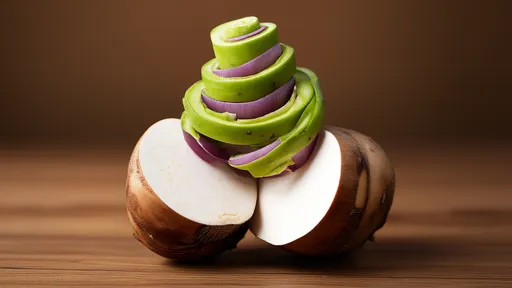
By /Aug 11, 2025
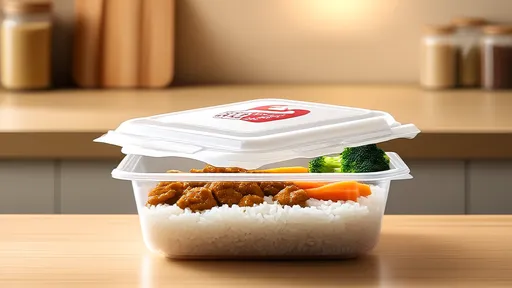
By /Aug 11, 2025
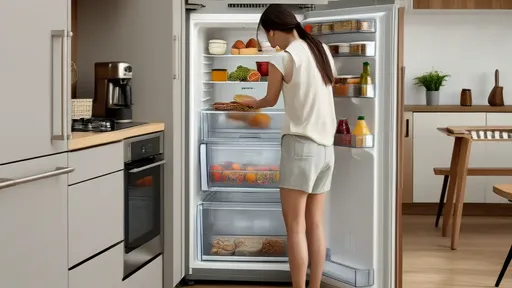
By /Aug 11, 2025

By /Aug 11, 2025
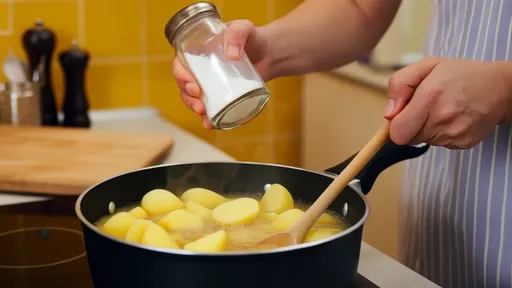
By /Aug 11, 2025

By /Aug 11, 2025
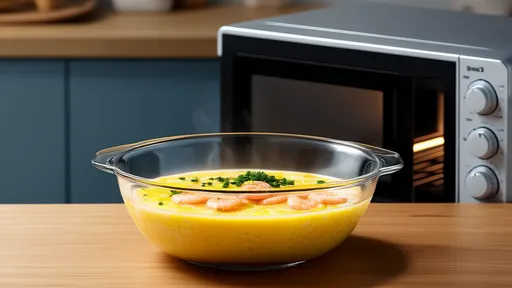
By /Aug 11, 2025
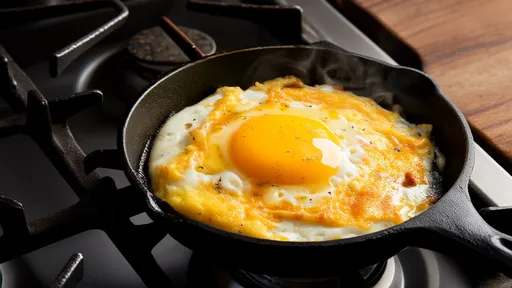
By /Aug 11, 2025

By /Aug 11, 2025